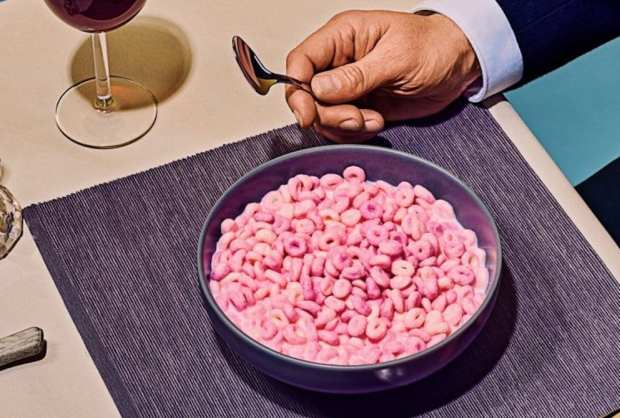Bringing Breakfast Cereal Back With A DTC Reboot

Cold breakfast cereal made its official entrance into the American diet in 1863 when it was invented by James Caleb Jackson, in the form of a product he called granula. But cereal’s heyday didn’t really begin until the second half of the 20th century, when it became a staple breakfast product for some 90 percent of the American population. Cereal was carried by three main strengths: it’s inexpensive, it’s easy to prepare and it’s sweet and bland, which means children tend to really, really like it.
It is also given to many, many permutations. In 1970, there were approximately 160 different types of cereal on the market, by the turn of the century there were over 400 and as of 2020, the number is approaching 5,000.
And yet, after almost nine decades dominating the breakfast table, cereal has hit harder times in recent years. Its sales have been flagging for some years, with numerous explanations for the slowdown. Some note that as a processed grain, cereal is high in carbs and sugar. Americans (particularly parents), intent on fighting the obesity epidemic, have spent much of the last few years targeting most breakfast cereals as an empty calorie-rich way to start the day. Others have noted that even cereals that are not manifestly unhealthy are still gluten-rich and high in carbohydrates, which puts it out of step with modern dietary habits and preferences.
And yet others have laid cereal at the feet of millennials bent on destroying every American institution – up to and including Captain Crunch. According to one study, about 40 percent of millennials report that preparing cereal is simply too difficult of a process to take on first thing in the morning.
And those that aren’t too lazy, according to Melissa Abbott, director of culinary insights for the Hartman Group, have palettes that are too sophisticated for Fruity Pebbles.
“The cereal category is certainly shifting,” Abbott told The New York Times. “Consumers overall are less interested in industrially processed grains as a meaningful start to their day.”
But for founders like Greg Sewitz and Gabi Lewis, who launched the independent cereal company Magic Spoon in April of this year, cereal doesn’t necessarily have to be left behind with other 20th-century innovations that didn’t quite make the transition into the digital era. It just needs a contemporary upgrade to make it a healthier choice, without sacrificing what it is about cereal that people have loved for the past 150 or so years.
“As we were thinking through the world of food products, there really aren’t many that people have a true emotional connection to and history with the way they do with cereal,” Sewitz told Vox. “You talk to somebody about their favorite cereal and their eyes just light up immediately, and they think back to the pantry they had when they were a kid.”
The problem for the adult who is now stocking their own pantry, according to Sewitz, is the sharp bifurcation of cereal: The kind that tastes good is bad for you and the healthy kind tastes like wood filings.
Magic Spoon attempts to close that gap by offering cereal that should taste familiar to any fan of the classic variations on sweetness (frosted, cinnamon, cocoa and fruit) – but instead of sugar, the company uses allulose, a sugar substitute found naturally in jackfruits and figs that doesn’t have the same effect on human blood sugar and insulin production as its chemical cousin sucrose. The average Magic Spoon bowl contains three grams of carbs and 12 grams of protein. The brand also distinguishes itself with its eye-catching packaging: bright, Pepto-pink boxes with purple writing and a cartoon child riding a large muppety-looking bird.
“It’s all centered around this fine line that we are trying to walk between nodding to the nostalgia and fun of the Saturday morning, cartoon-style cereals of yesteryear, but also bringing a new product that feels very modern and speaks to a contemporary consumer with all of the things that they value and care about,” Sewitz said.
Also, he noted, cereal boxes – which Magic Spoon sells direct to consumers in packs of four for $39 – are extremely easy to pack and ship.
Cereal, according to Sewitz, might be down, but it’s not out. It was and will be again the most popular breakfast food in America. It just needs a bit of tweaking, he said, to make it a modern meal instead of an unhealthy throwback.
